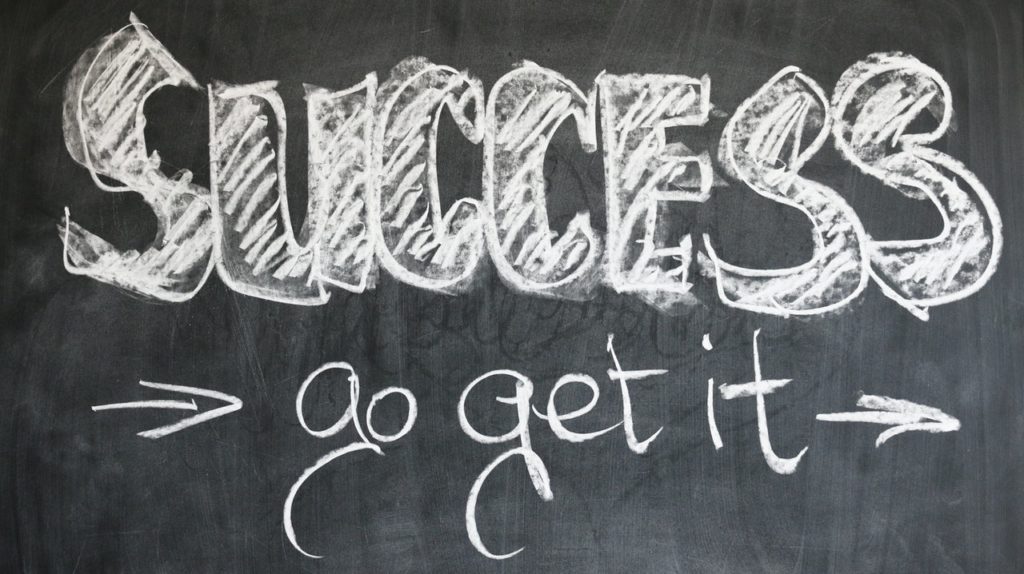Free Downloads & Checklists, Help for School and Kindy
The School Readiness Checklist – Prepping for Common Problems in Kindergarten

Children who have never been for formal daycare or preschool might face one or many common problems in kindergarten.
Especially if they have sensory processing disorder (SPD), ADD, ADHD, or autism.
For some kids, the problems persist even going into 1st and 2nd grades after summer vacation!
In other articles we’ve talked about why this phase in child development can be particularly difficult for sensitive children. We’ve also covered in-depth, some tips for preparing them early to make the transition into kindergarten or prep school.
So, here is a quick-reference school readiness checklist of activities to make sure you’ve done everything you can do to ensure your sensitive or hyperactive child is ready for early childhood education!
Grab a downloadable copy of the school readiness checklist here:
The School Readiness Checklist: Prepping for Common Problems in Kindergarten
Your child is ready for Kindergarten, Grade 1, or Year 1 (ages 5-6) if he or she can:
▢ Follow a ‘getting ready for school’ morning routine
▢ Get dressed, brush his/her hair and teeth, wash hands and face independently
▢ Remove his/her pants to go to the bathroom and then re-dress afterwards
▢ Tolerate his/her school uniform or school clothes. You may need to remove tags, break in new shoes, practice putting everything on and taking them off, or wash them repeatedly to soften fabrics.
▢ Separate from parents or primary caregivers confidently
▢ Maintain an upright posture for at least 20 minutes when sitting at a table
▢ Speak in full sentences
▢ Recognize his/her written name
▢ Share with other children
▢ Take turns with toys or playing games
▢ Regulate his/her emotions or re-compose himself after frustrating or frightening situations
▢ Accept criticism without a tantrum or shutting down
▢ Listen to a short story – including sitting still, keeping hands to him/herself, not interrupting the storyteller, and participating in a discussion afterward.
▢ Sit in a circle for story time – if your child sits in your lap for story time at home, help him/her get used to sitting in a circle with other schoolchildren. Practice at home using stuffed animals as pretend schoolmates!
▢ Name colors, shapes, and numbers 1-20
▢ Write or draw using a mature pencil grip
▢ Follow verbal instructions
▢ Understand and follow directions like up, down, back, forward, over, and under
▢ Ask for help
▢ Clean up after a project
▢ Open his/her lunch box
▢ Eat lunch amongst unfamiliar people
▢ Cope with loud or unexpected noises. If not, you may need to talk to your school about the option for your child to wear noise-cancelling earphones. If approved, be sure to try them out a few times before school starts.
▢ Perform most of these gross motor skills:
- jumping with feet together,
- hopping on one foot,
- skipping,
- follow a moving object with eyes with no head movement
- move each finger on demand and independently without looking at them
- balance on one foot for 10 seconds without swaying the body
Your school readiness kit should include:
▢ An IEP or 504 Plan
▢ A lunchbox he/she can open independently
▢ School-approved snacks that your picky eater loves and can open him/herself
▢ A broken-in school uniform or range of clothing and shoes that your child has tried out in advance
▢ A list that you have written to identify triggers and stimulations that your child seeks or avoids. Loud noises, certain textures, bright colors, fluorescent lights, strong smells, whatever you have identified as a trigger for your child should be recorded and given to the faculty and staff at school.
▢ A list of soothing activities for your child. This could include fidget toys, music, hugging and rocking, breathing exercises, etc., that the school staff can use to calm an intense situation.
▢ Noise-cancelling earphones or earplugs if needed
▢ Sunglasses, light-filtering glasses, or a hat to protect against mal-illumination sensitivity – again, be sure these have been approved by the school and trialed by your child
Did we miss anything? Please subscribe below to receive additional tips and suggestions to help parents avoid common problems in kindergarten.
This checklist is so helpful, especially for young kids. Learning these basics will really be helpful for them to catch up in school.